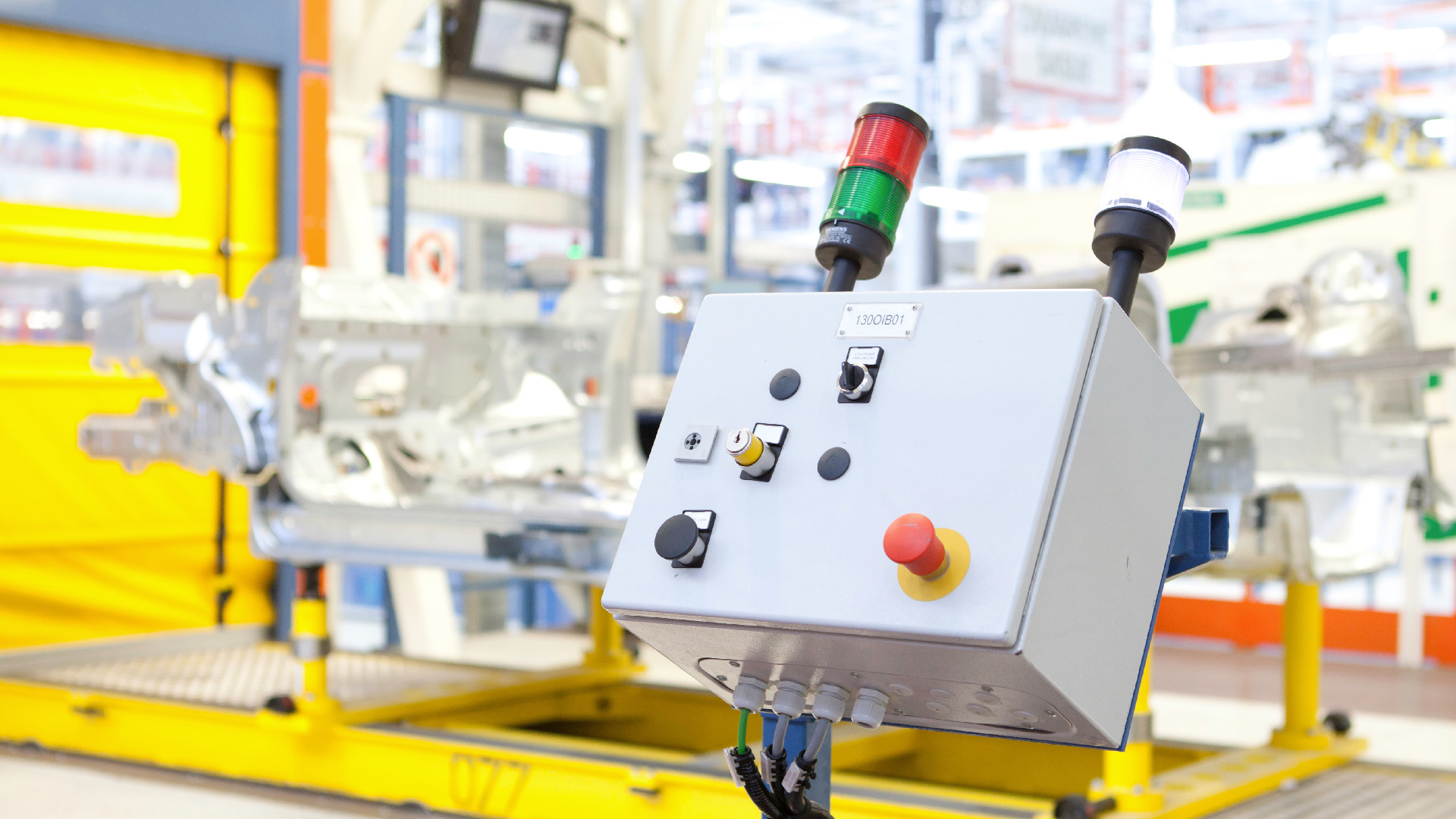Ten essential safety rules for handling industrial equipment
Manufacturing, construction, and various other industries depend on industrial equipment. Operating industrial equipment safely requires strict safety protocols as a safety precaution.
- Proper training and certification
Before operating industrial equipment, workers must undergo comprehensive training and obtain the necessary certifications. Employers are responsible for providing thorough instruction and ensuring that all operators can handle the machinery they are assigned to operate.
- Wear appropriate personal protective equipment (PPE)
Depending on the type of industrial equipment and work environment, PPE may include:
- Safety goggles or face shields
- Hard hats
- Steel-toed boots
- Hearing protection
- Gloves
- Respirators
Workers should always wear the required PPE and ensure it’s in good condition before each use.
- Conduct regular equipment inspections
Regular inspections are vital for identifying potential issues before they lead to accidents or equipment failure. Operators should perform daily pre-use checks, looking for signs of wear, damage, or malfunction.
- Maintain a clean and organized workspace
A cluttered or disorganized work area can lead to accidents and impede industrial equipment safety. Workers should keep their workspaces clean and free of unnecessary objects. Tools and materials should be stored properly when not in use, and walkways should be clear of obstacles.
- Follow lockout/tagout procedures
Lockout/tagout procedures involve shutting off the power source to the equipment, locking it in the off position, and tagging it to indicate it’s undergoing maintenance. Only authorized personnel should remove lockout/tagout devices once the work is completed and the equipment is safe to operate.
- Respect machine guarding
Machine guards protect operators from moving parts, flying debris, and other hazards. Workers should never remove or tamper with these guards unless authorized for maintenance. If a guard is missing or damaged, the equipment should not be operated until the guard is appropriately replaced or repaired.
- Avoid distractions while operating equipment
Operating industrial equipment requires full attention and focus. Workers should avoid distractions such as using mobile phones, engaging in unnecessary conversations, or multitasking while handling machinery. Staying alert and attentive prevents accidents and ensures prompt responses to unexpected situations.
- Use proper lifting techniques
Industrial tasks involve lifting heavy objects or materials. Workers should be trained in proper lifting techniques to prevent injuries. This includes:
- Assessing the load’s weight before attempting to lift it
- Using mechanical aids like forklifts or pallet jacks for heavy loads
- Keeping the back straight and lifting with the legs
When in doubt about safely lifting an object, workers should seek assistance or use appropriate equipment.
- Understand and follow emergency procedures
Every workplace should have clearly defined emergency procedures; all workers should know them. Regular drills should ensure everyone knows how to respond in an emergency, such as equipment malfunction, fire, or injury.
- Report all incidents and near-misses
Reporting incidents and near-misses is crucial for preventing future accidents. Workers should be encouraged to report any safety concerns, equipment malfunctions, or close calls, no matter how minor they may seem.
Implementing a comprehensive safety program
While these ten rules provide a solid foundation for industrial equipment safety, it’s important to note that they are part of a larger safety framework.
- Regular safety meetings and training sessions
- Clear communication of safety policies and procedures
- Encouragement of worker feedback and participation in safety initiatives
Safety regulations and best practices in industrial settings evolve as new technologies and insights emerge. Get More Info about updated safety guidelines, new equipment features, and improved protective measures, consult industry publications, attend safety seminars, and participate in ongoing training programs.

